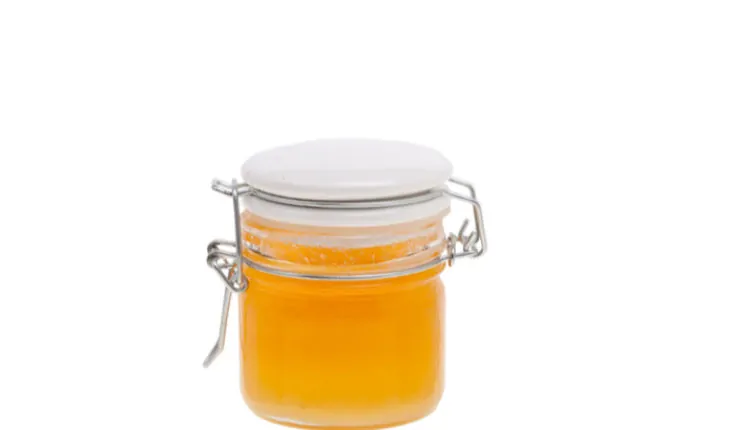Urine is arguably the most common diagnostic tool in routine medicine, with around 65m collected for tests every year. Given its importance in pinpointing infection and therefore targeted prescribing, a protocol for its collection would make sense, not least because untreated Urinary Tract Infection (UTI) is not only a significant driver of antimicrobial resistance (AMR) but in 2013/14 caused 184,000 unplanned hospital admissions, costing the NHS £434m to treat.
Blood is the diagnostic counterpart to urine and has long enjoyed a strict collection protocol; given the process is invasive, this might seem to be implicit good practice. Meanwhile, non-invasive and cheap-to-collect urine is left to whatever hit-and-miss methods come to hand, often a washed-out jam-jar or other container the patient has at home. I have attended healthcare settings where a water-vending cup is offered for the purpose.
Blood is the diagnostic counterpart to urine and has long enjoyed a strict collection protocol; given the process is invasive, this might seem to be implicit good practice. Meanwhile, non-invasive and cheap-to-collect urine is left to whatever hit-and-miss methods come to hand, often a washed-out jam-jar or other container the patient has at home. I have attended healthcare settings where a water-vending cup is offered for the purpose.
This woeful attitude towards the window to our health is causing untold chaos; a Freedom of Information request to all NHS Trusts in 2016 revealed that urine sample contamination in the UK ranged from below 1% to over 70%, a dire situation caused directly by less than diligent practice around its collection. Average contamination reaches 23.5%, a level of inaccuracy which, if applied to the analysis of blood would rightly cause a public outcry.
Yet the it’s only urine attitude prevails from Consultant level through to the frontline healthcare professional. Perhaps because blood keeps you alive and urine is a waste product, the latter does not inspire the same respect; it is time to make a fuss because urine’s unacknowledged value is having dire consequences in global public health. Two statistics cited by NHS Improvement should send shivers down the spine of every medical practitioner at every level:
50% of the global rise in antimicrobial resistance has a urinary source
47% of Gram-negative blood infections (that can lead to sepsis) have a urinary source
The problem lies in the need for and failure to guarantee a midstream urine sample; first-void urine washes flora and bacteria off the skin and into the sample and can create a mixed growth that masks the pure growth required for accurate microbiology analysis.
Imagine the microbiologist is a detective required to look through a window to identify a crime that may have taken place on the other side. A contaminated specimen renders that window cloudy; the crime cannot be seen or correctly pinpointed. The detective reports equivocal findings; the patient will likely be asked to repeat the test and/or be given a broad-spectrum antibiotic in the hope it will solve or treat the crime. Midstream urine is the clean window and recommended by NHS and Public Health England guidelines for optimum diagnostic practice.
None of this is difficult to understand; what is harder to appreciate is why no protocol exists for urine collection, why it is given so little priority in health policy and why patients are not given to understand the need for diligence, occasionally advised to start-stop-start-and-aim their urine into a container in order to provide the sample from which they expect to be diagnosed.
Let’s look at how the statistics break down:
65m urine specimens every year
23.5% contamination rate yields 60,000 failed patients daily – or 15.3m annually
These failed diagnoses cost the NHS around £1.2bn in retests, staff time and resources. This does not take into account the cost of just in case antibiotic prescribing, itself the direct cause of 50% of the growing, global AMR crisis; this is now costing lives.
There is light at the end of this tunnel, because a few years ago, a diligent NHS GP noticed a high number of UTI patients returning to surgery after he thought he had treated them with antibiotics. His research into why treatment failed led him to understand the need for accurate midstream urine; Dr Vincent Forte (now retired) conceived Peezy Midstream, a simple yet highly engineered device which is now available through the NHS Supply Chain.
The Peezy Midstream kit includes a wipe for pre-cleansing, funnel and collection tube all for just 87p. Not only does it reduce sample contamination to 1-2%, its accuracy means dip-sticks do not react to contamination that may produce a false-positive reading. Indeed, latest evidence from its use with 650 pregnant women shows a 70% reduction in false-positive urine specimens that would otherwise go to the lab; this creates a substantial direct departmental saving. Better still, the value of reduced antibiotic prescribing and reassurance for every patient concerned for her health and that of her unborn child, are immense.
- Urine is liquid gold when it comes to testing - 17th January 2019






